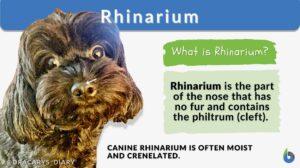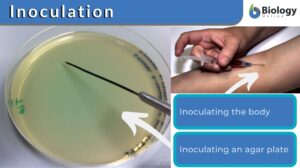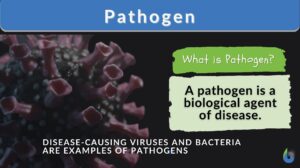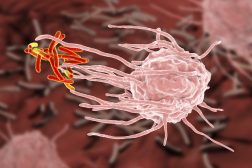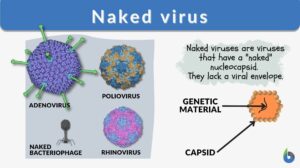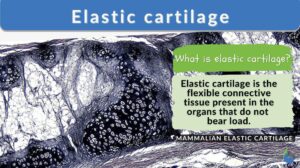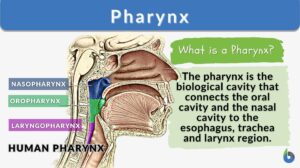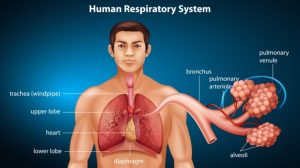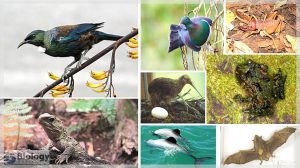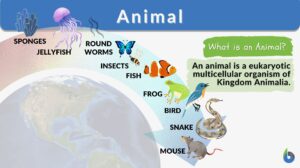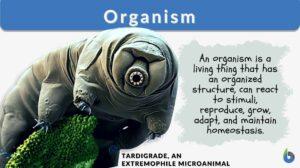Search Results for: nose
Potato nose
potato nose --> rhinophyma A manifestation of severe acne rosacea resulting in significant enlargement of the nose and... Read More
Catarrhine
Definition noun, plural: catarrhines Any of the primates belonging to the parvorder Catarrhini, characterized by having the... Read More
Platyrrhine
Definition noun, plural: platyrrhines Any of the small to mid-sized primates belonging to the pavorder Platyrrhini,... Read More
Inoculation
Inoculation Definition In Immunology, inoculation is defined as the process of introducing an antigenic substance or... Read More
Biological Cell Defense
Organisms must find a means of defense against antigens such a viruses described on the previous tutorial. If this was not... Read More
Saline solution
Saline Solution Definition Saline solution is one the most medically-used solution, which contains sodium chloride... Read More
Naked virus
Viruses are infectious entities with size ranges between 20 to 400 nanometers. The mammoth-sized virus would be about the... Read More
Sense organ
Definition noun, plural: sense organs An organ or structure that has nerve endings capable of detecting and reacting to a... Read More
Hyaline cartilage
Hyaline Cartilage Definition Before we define hyaline cartilage, let us understand what cartilage is. What is cartilage? Is... Read More
Greater alar cartilage
Greater alar cartilage One of a pair of cartilages that form the tip of the nose. It consists of a medial crus that extends... Read More
Elastic cartilage
The cartilage is a connective tissue characterized by having an extracellular matrix that is abundant in chondroitin sulfate... Read More
Naegleria fowleri
Naegleria fowleri (commonly referred to as the brain-eating amoeba) is a heat-loving amoeboflagellate protozoan of the... Read More
Strepsirrhine
Definition noun, plural: strepsirrhines Any of the wet-nosed primates characterized mainly by having... Read More
Respiration
Organization of the Respiratory System Each lung is composed of air sacs called alveoli - the sites of gas exchange with... Read More
Integumentary system
Integumentary System Definition The integumentary system is the outermost layer of the body. The animal body, in... Read More
New Zealand’s Unique Fauna
By: Maria Victoria GonzagaIn the previous lesson, we learned about the high biodiversity of New Zealand and how... Read More
Olfactory receptor cells
olfactory receptor cells Very slender nerve cell's, with large nuclei and surmounted by six to eight long, sensitive cilia... Read More
Proprioception
Definition noun A sensory perception of motion and relative position of the body through the receptors in tissues such as... Read More
Vertical dimension
vertical dimension The length of the face determined by the distance of separation of jaws. Occlusal vertical dimension (ovd... Read More
Sodium bicarbonate
sodium bicarbonate (Science: chemical) carbonic acid monosodium salt (CHNaO3). A white, crystalline powder that is used as... Read More
Acromegaly
Acromegaly (Science: endocrinology) a condition that results from the excess production of growth hormone in the anterior... Read More
Homeostasis
Homeostasis is the tendency not to stray from the range of favorable or ideal internal conditions. Such conditions must be... Read More
Proprioceptor
Definition noun, plural: proprioceptors A sensory receptor located in the subcutaneous tissues, and is capable of detecting... Read More
Sphenopalatine ganglioneuralgia
Definition noun The medical or scientific term for brain freeze Supplement The sphenopalatine ganglioneuralgia is a type of... Read More

